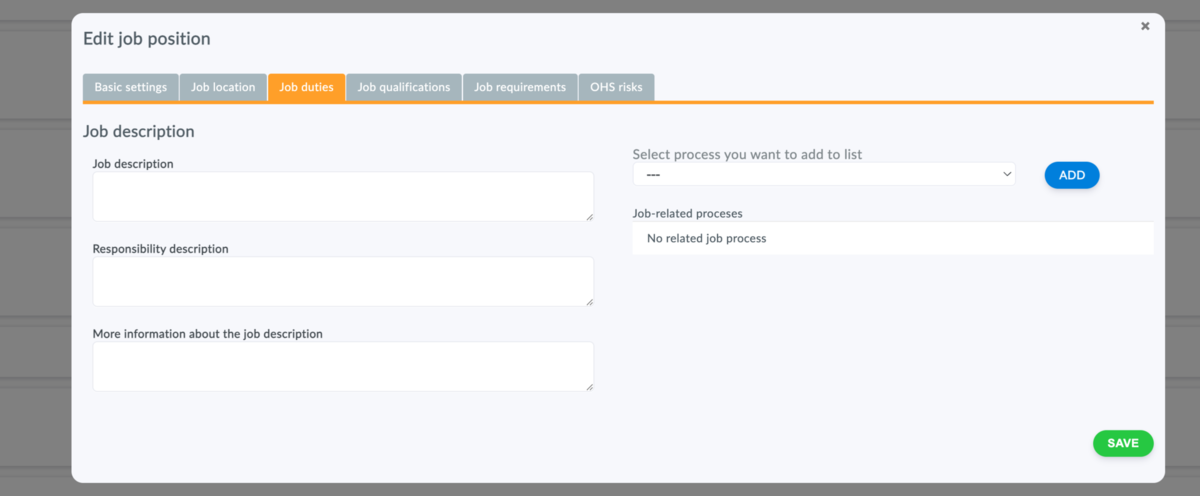Job responsibilities are the key areas an employee is accountable for in their role. These are not specific daily tasks (that's covered in the job duties), but broader duties, results, or areas the employee needs to manage, oversee, or take ownership of.
Examples of Job Responsibilities:
- Keeping the office running smoothly
- Managing the project budget
- Ensuring compliance with safety rules
- Training new team members
Why Are Job Responsibilities Important in Business?
It’s important for businesses to have clear job responsibilities for several reasons:
- Clearly defining each employee’s accountability
- Reducing risks – responsibilities help spot weak points in managing risks, like when someone leaves or with access controls
- Boosting performance – employees who understand their roles tend to be more engaged, motivated, and productive
How Are Job Responsibilities Managed in Small Businesses?
- In small businesses, the environment is often casual
- Roles and job duties aren’t always clearly defined, and employees often wear many hats
- Job responsibilities are usually based on habit and may not be formally documented in policies or procedures
How Are Job Responsibilities Managed in Growing and Medium-Sized Businesses?
- As a business grows (20–600 employees), it shifts from informal management to a more organized system. At this stage, job duties are typically outlined in employment agreements, policies, and procedures
- Clear job responsibilities are established alongside process documentation
- Processes become essential – without defined responsibilities, managing HR, compliance, onboarding, asset tracking, and more becomes difficult
How to Add Job Responsibilities to the Job Description
- Go to the Organization Settings
- Click on the "Job Positions" tab
- Select the job position you want to update
- Click on the "Job Duties" tab
- Enter the job responsibilities for the selected position

